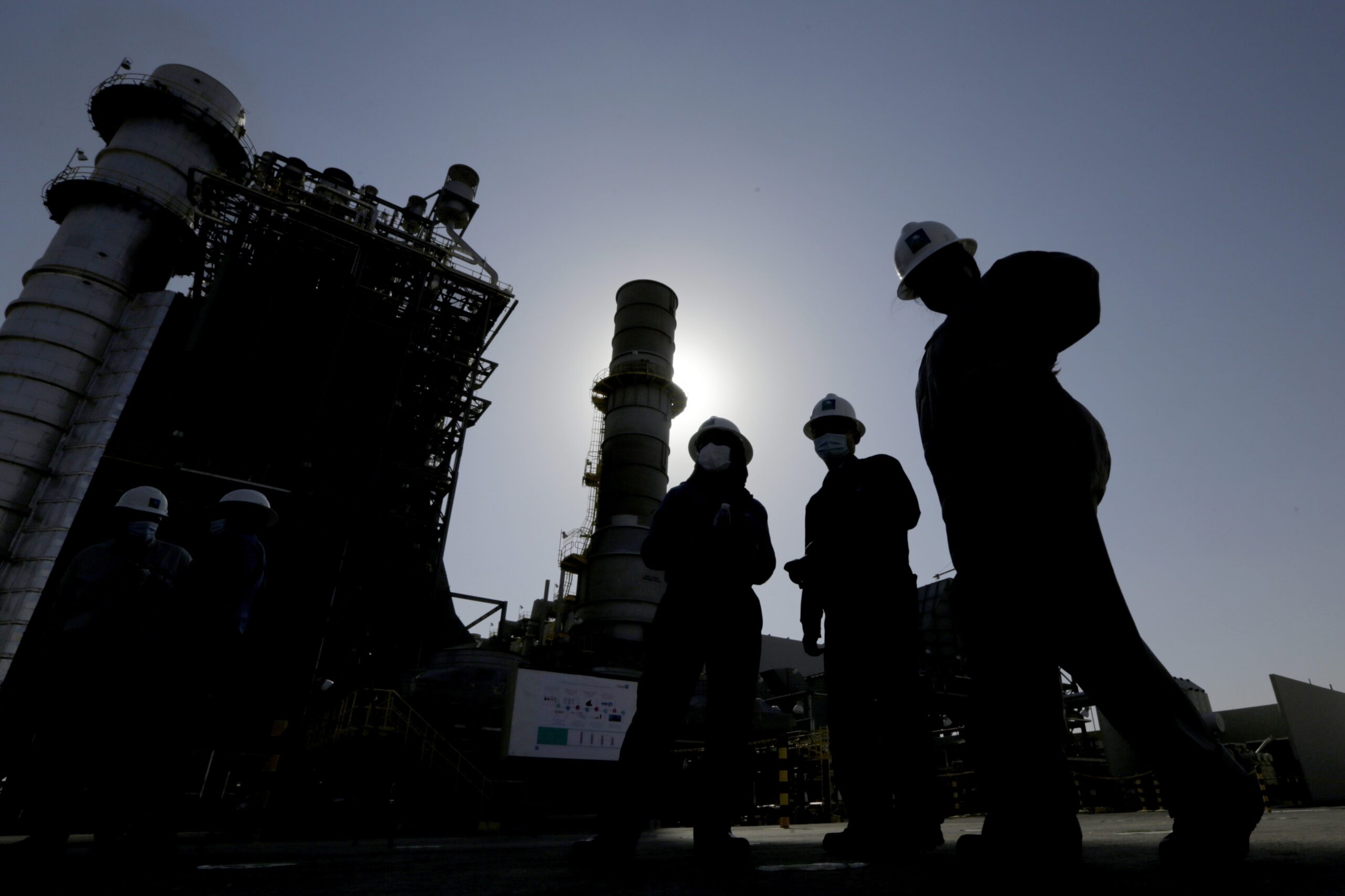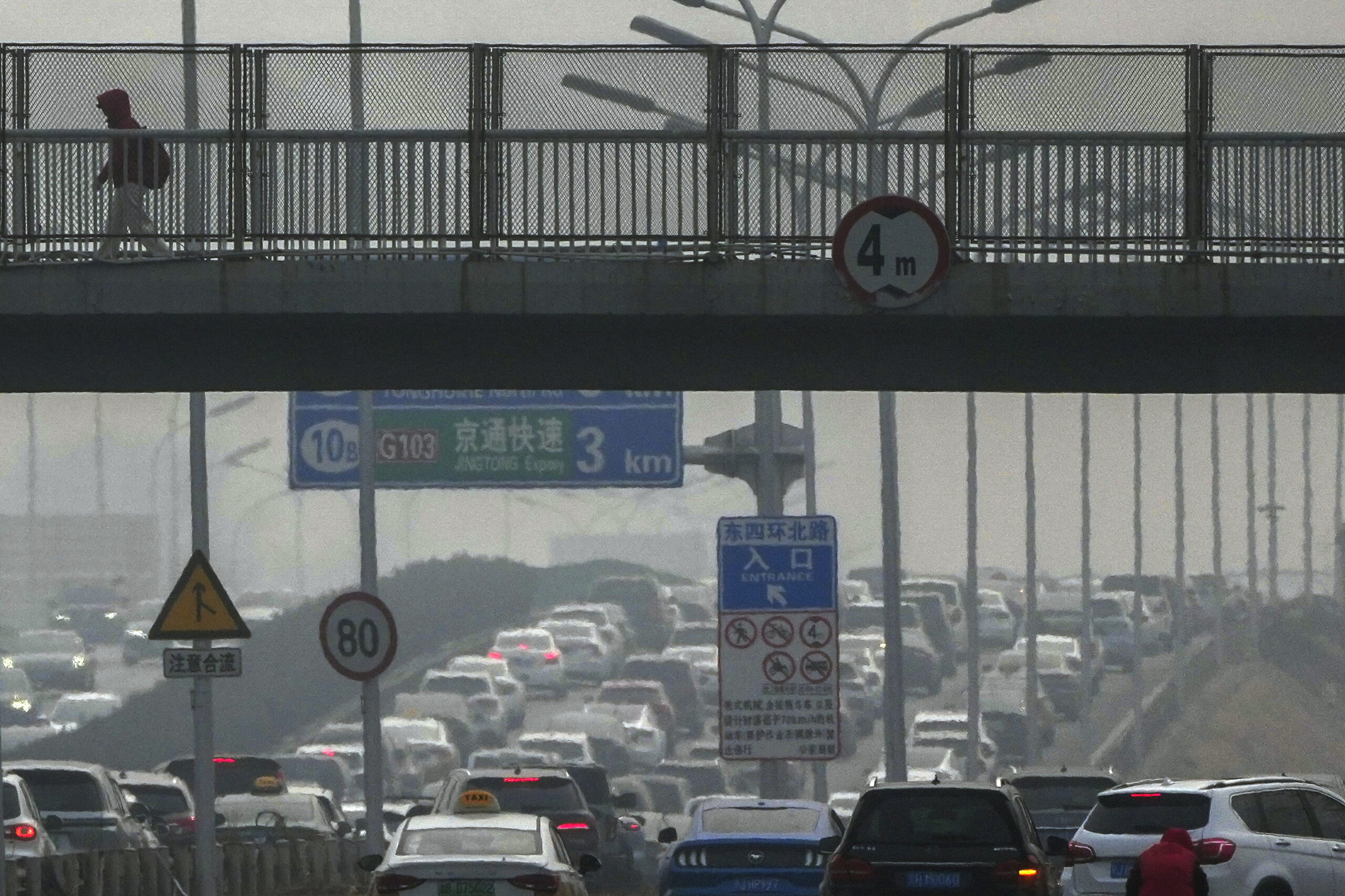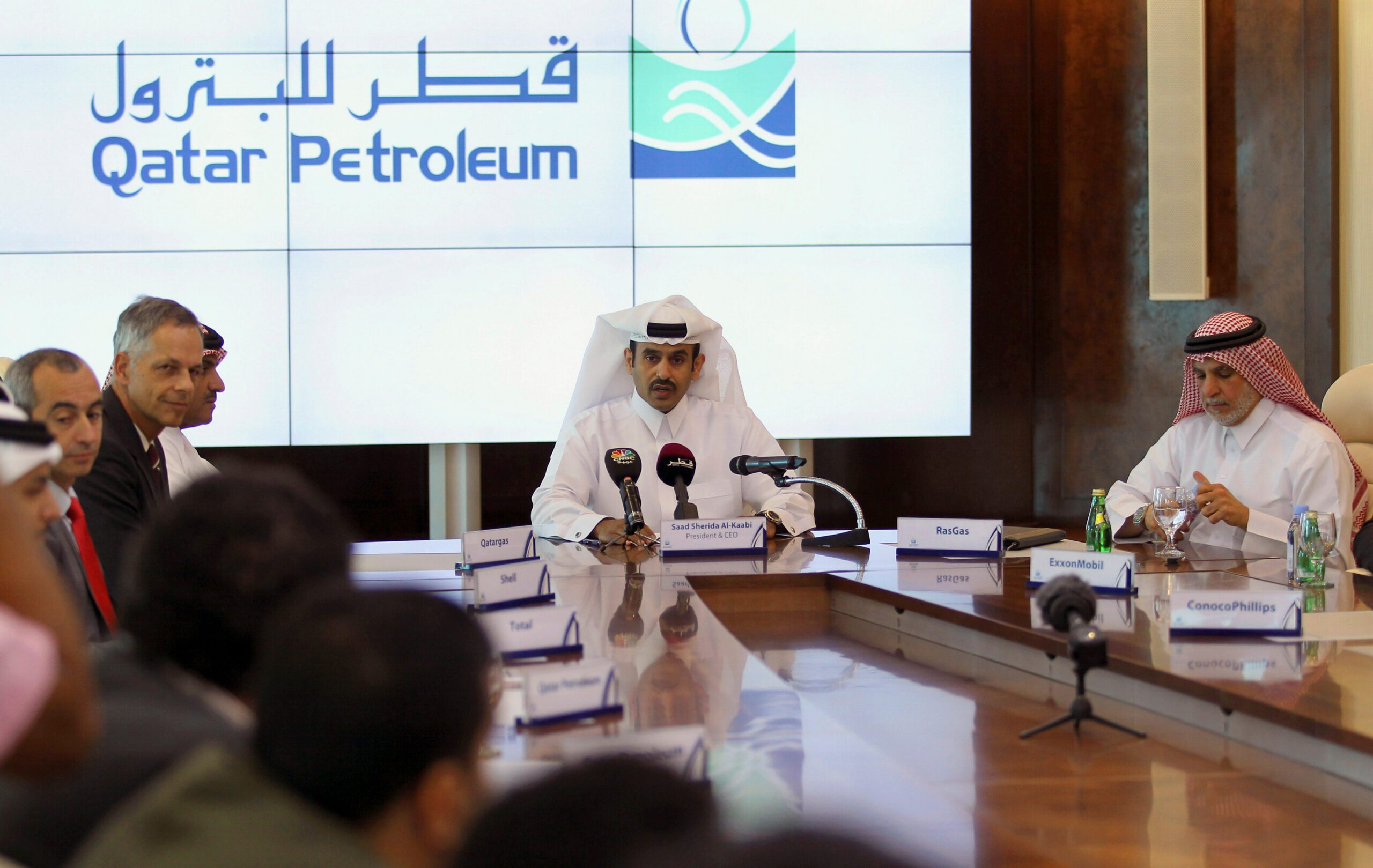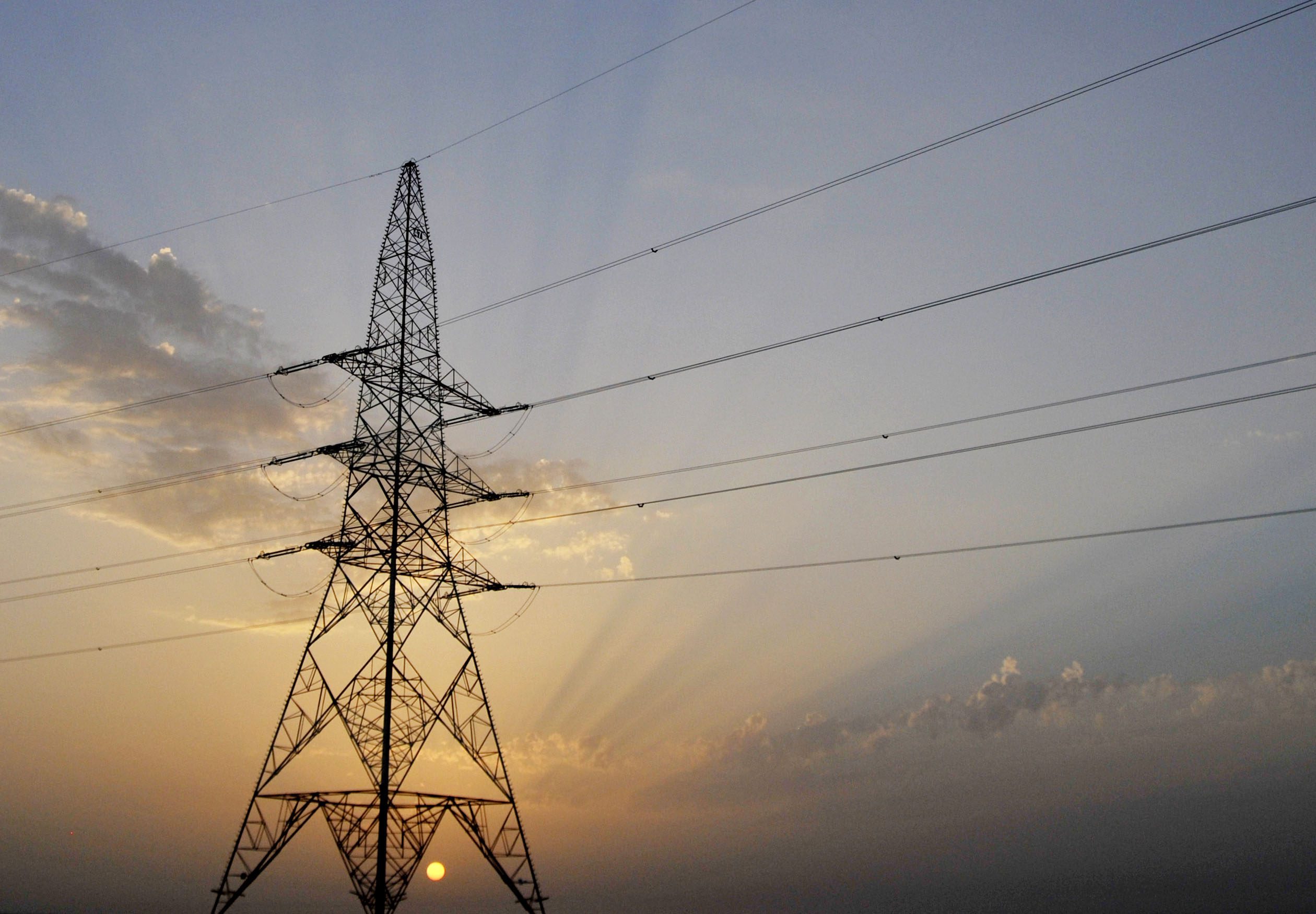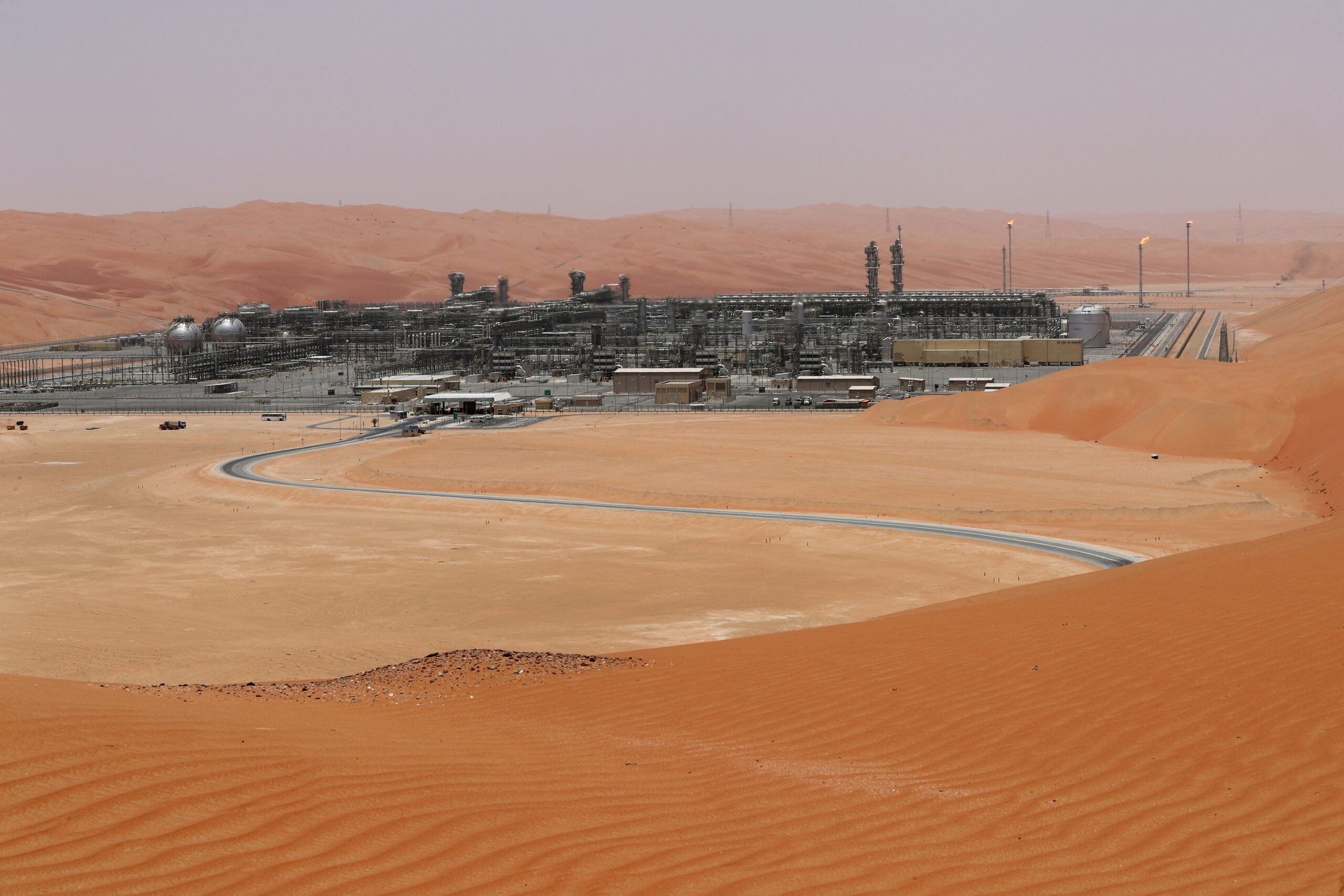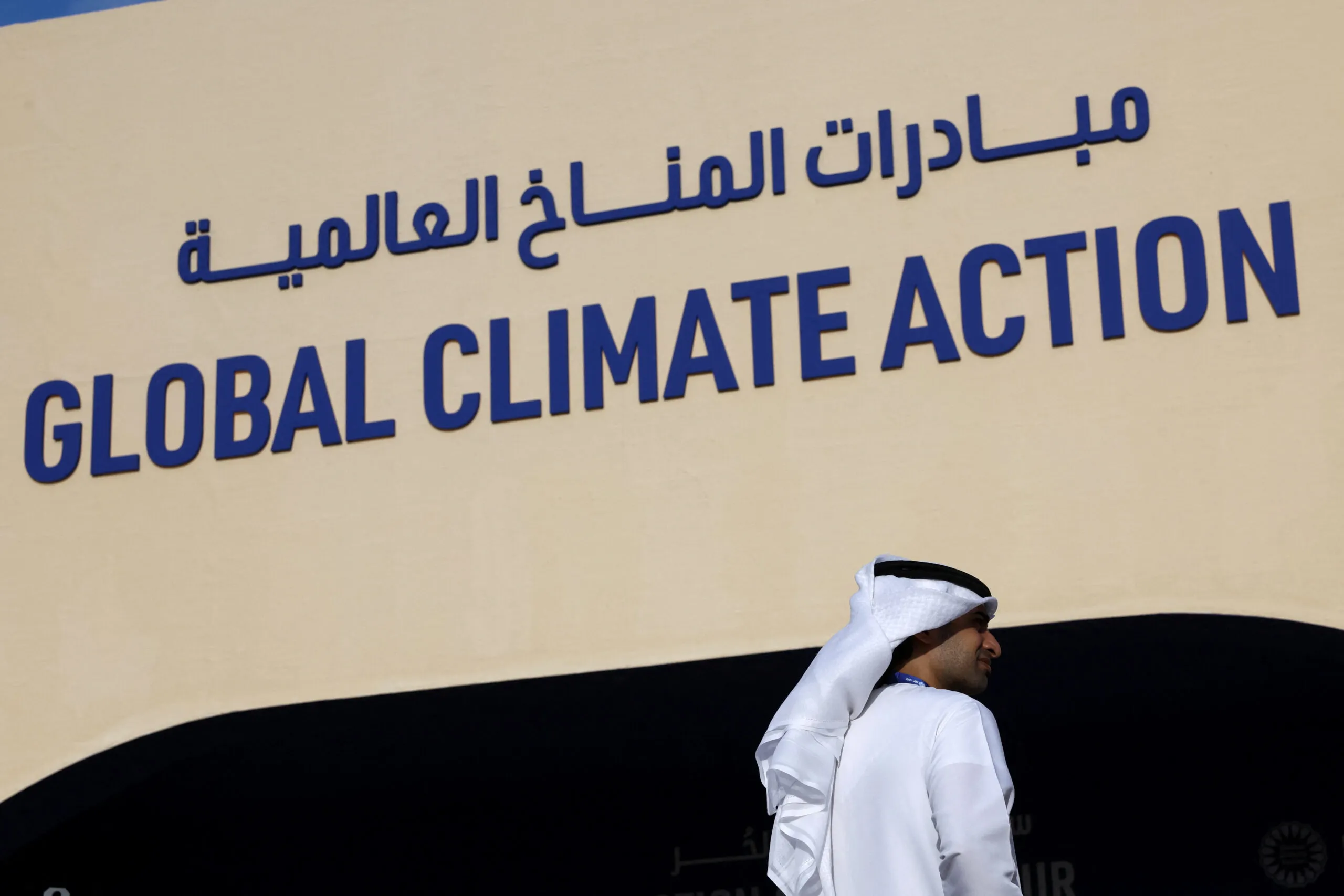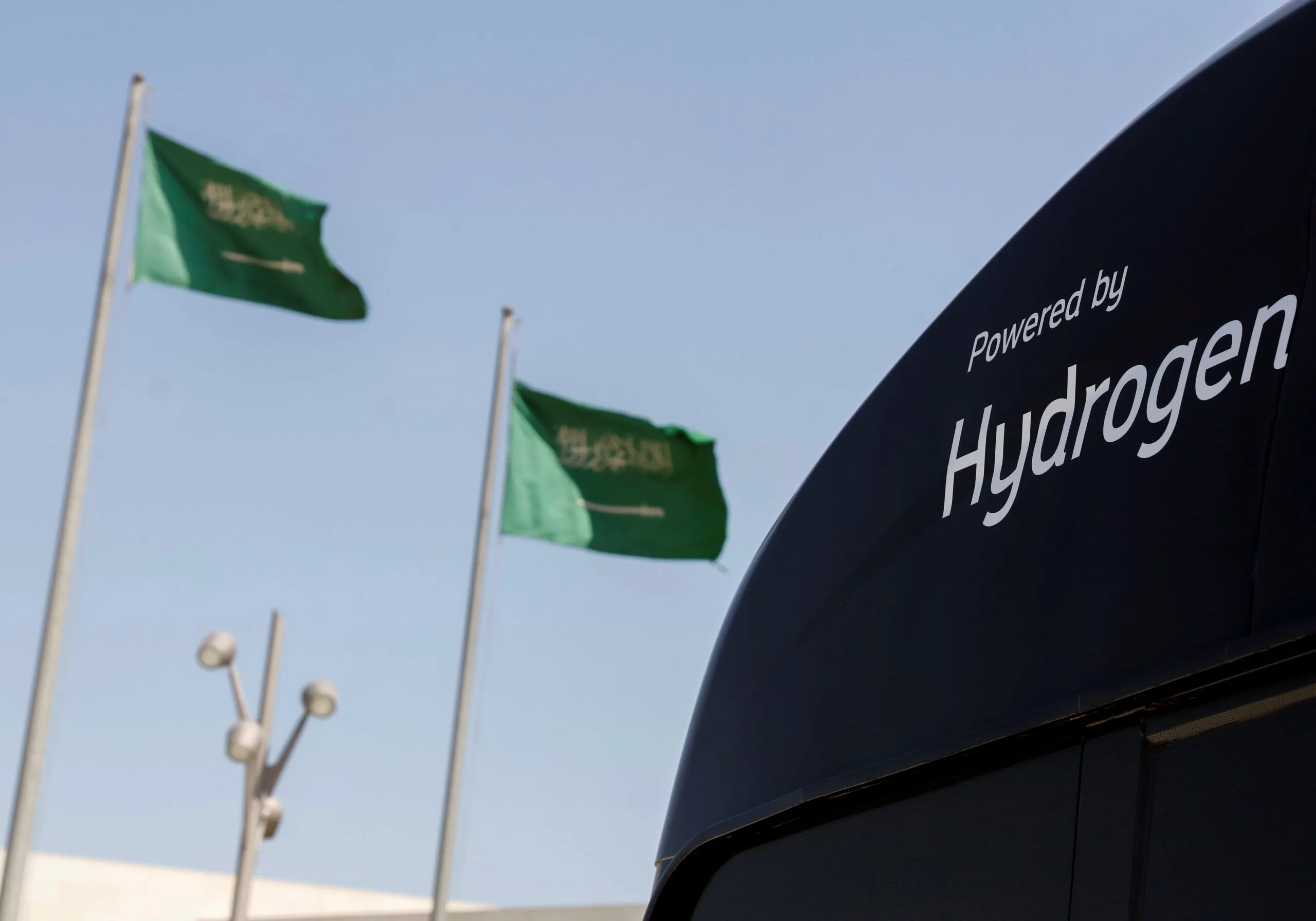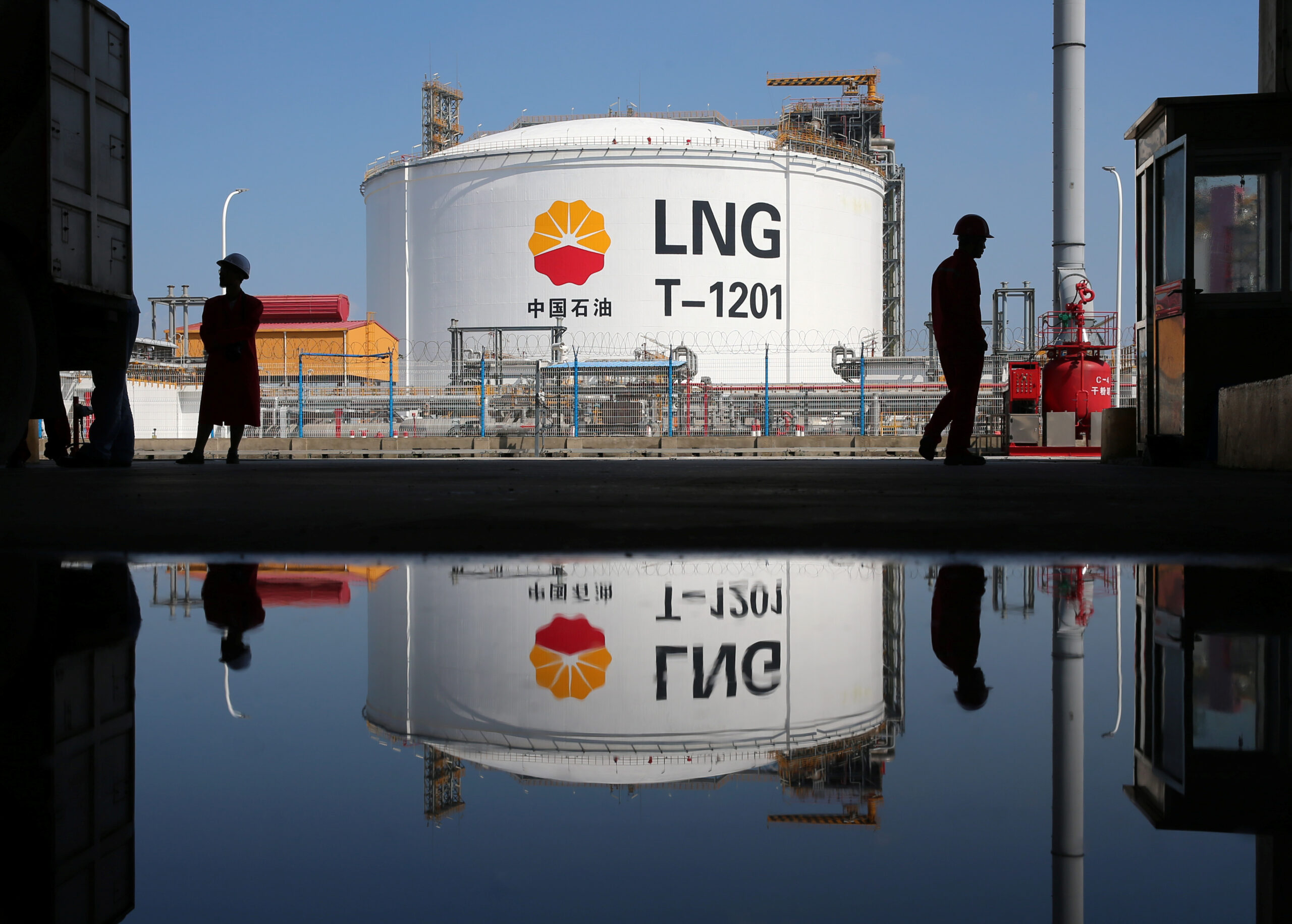IEA Outlook Revives Oil Demand Growth Debate Amid Rising Energy Security Risks
The International Energy Agency sees demand increasing as rising living standards in developing countries and geopolitical anxieties push policymakers to favor energy affordability and reliability over aggressive decarbonization.
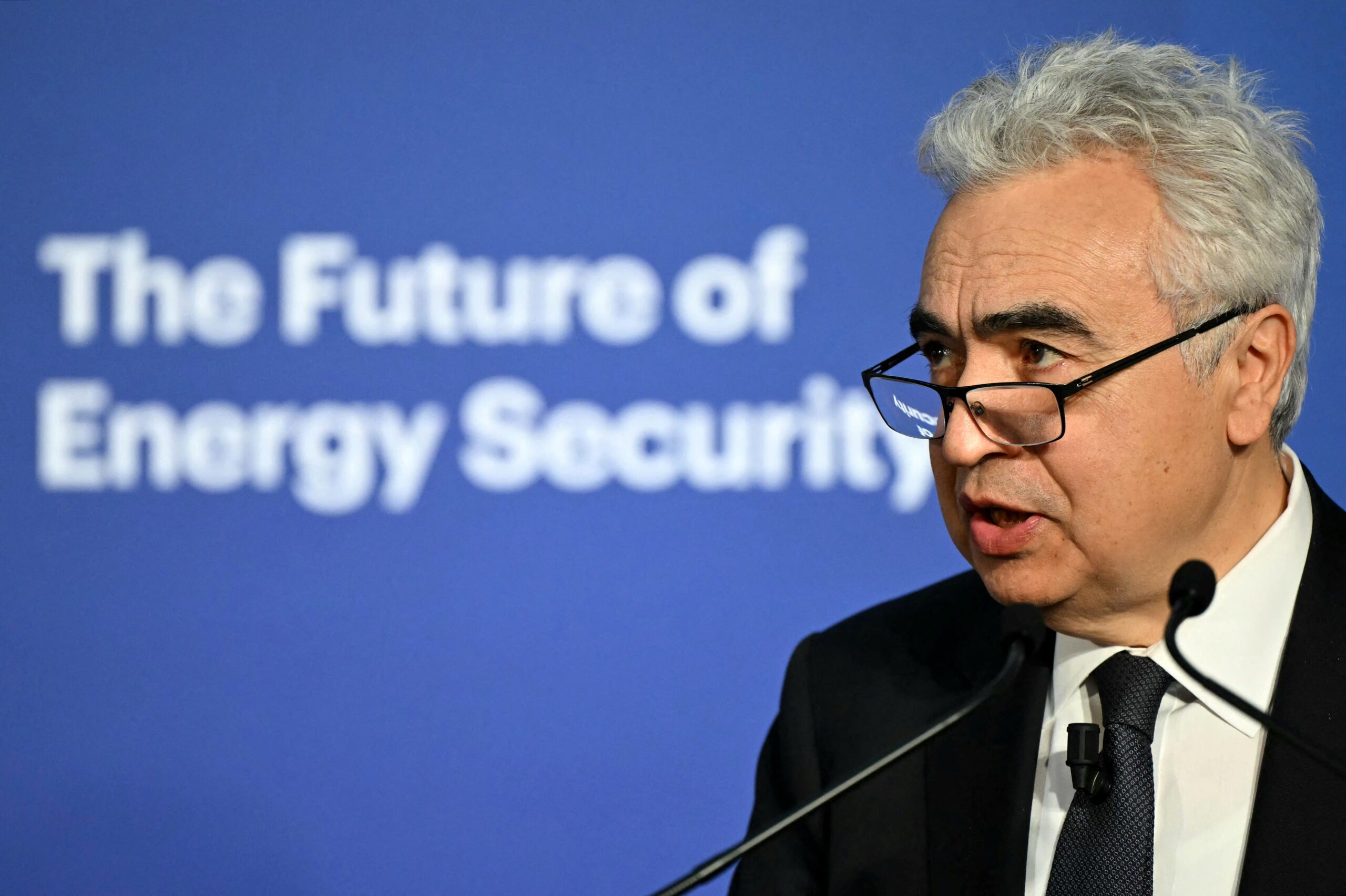
The International Energy Agency’s “World Energy Outlook 2025,” released during the opening days of the COP30 climate summit in Brazil, presents three scenarios that show how the global energy system might evolve by 2050 under certain policy and market conditions. But the scenario that drew the most comment and interpretation was the one in which the IEA sees demand for oil and gas rising well into mid-century under current policies.
Several analysts and much of the media interpreted the Current Policies Scenario as a reversal of the IEA’s earlier projection under a different scenario showing a peak in demand for oil and gas by the end of the decade. But that is not an accurate comparison, because the Current Policies Scenario has not been included in the outlook since 2019. It was resurrected this year under pressure from Washington, which has criticized the IEA and its executive director, Fatih Birol, over what the administration of President Donald J. Trump perceives as an anti-fossil fuel stance at odds with the IEA’s mandate.
The IEA sees global energy demand rising by 32% from current levels by 2050 under all three scenarios, but the share of oil in each of the three varies greatly. Under current policy frameworks, oil demand would rise to 113 million barrels per day by 2050 from an average 100 mb/d in 2024, driven by demand mainly from emerging markets and developing economies for road transportation, petrochemicals feedstock, and aviation. Gas consumption would continue to grow into the 2030s.
The Current Policies Scenario assumes that governments will maintain policies already in place without change. This is not likely, as the energy landscape has evolved since 2019, when electric vehicle penetration was minimal and electrification of other sectors had not made a large dent in oil demand growth. A more accurate comparison would be with the previous Current Policies Scenario, when the IEA had projected oil demand rising to 121 mb/d by 2040. This year’s Current Policies Scenario therefore represents a significant downward revision of oil demand and shows the impact of the clean transition on the global energy mix in the last six years.
The scenario in the 2025 outlook takes what the IEA called “a cautious perspective on the speed at which new energy technologies are deployed and integrated into the energy system.” In this respect, it reflects a sense of pragmatism and realism given the rollback of some climate policies not only by the United States but also by the European Union, which also watered down some of its targets ahead of COP30.
Climate Change Commitments Falter
Birol, in presenting the report on November 12, admitted that “the priority given to climate change … at national and international level is in a decline in most cases.” At the same time, he noted that 2024 was the “hottest year in history,” and each of the scenarios would have implications for global greenhouse gas emissions and planetary warming.
In the Current Policies Scenario, in which consumption of oil remains on an upward trajectory, global temperatures would exceed 2 degrees Celsius by 2050, reach 2.9 C by 2100, and keep rising.
In contrast, the IEA’s Stated Policies Scenario, which assumes governments will implement some but not all announced plans, would see fossil fuel use peaking before 2030. Oil demand would remain flat over the next decade before falling to 96.9 mb/d 2050. Yet even in this scenario, the world would still miss the Paris Agreement climate goals of keeping “the increase in the global average temperature to well below 2°C above preindustrial levels” and “to limit the temperature increase to 1.5°C above pre-industrial levels.” The Stated Policies Scenario would lead to a global temperature rise of 2.5 C by 2060, slightly higher than the 2024 projection, as some clean energy commitments have been weakened by policy shifts, particularly in the United States.
The difference between the two scenarios when it comes to oil demand growth depends on the pace of electrification of the transportation sector, which accounts for around 45% of global oil consumption today. “Therefore, how the electrification of the transportation takes place, especially countries beyond China and Europe, will determine the shape of the oil demand growth,” Birol said in his presentation.
The IEA included its “Net Zero by 2050” scenario, first introduced in 2021, which sets out a pathway to achieving carbon neutrality by mid-century and suggested there would be no need to invest in new oil and gas production capacity if the target is to be attained. It was this scenario that drew the ire of OPEC and major oil producing countries, including Saudi Arabia and the United States, as well as some of the leading energy companies. Saudi Energy Minister Prince Abdulaziz bin Salman at the time famously called the “Net Zero by 2050” report a “La La Land” scenario. The prevailing argument by OPEC and others is that it is unrealistic to expect fossil fuels to be phased out before the end of the decade and be replaced by renewable energy. That narrative has gained traction given the massive demand for energy from data centers needed to power the anticipated surge in artificial intelligence, which renewables alone cannot meet.
Explosive Growth in Electricity Demand
The IEA outlook refers to “explosive growth” in electricity demand for data centers and AI. The IEA expects investment in data centers to reach $580 billion this year, exceeding the $540 billion being spent on the global oil supply. “A tripling of the amount of electricity consumed by data centres by 2035 represents less than 10% of total global electricity demand growth, but it is highly concentrated geographically. More than 85% of new data centre capacity additions over the next ten years are expected in the United States, China and the European Union – and many are located near existing data centre clusters, putting additional strain on congested grids,” the report noted.
All three scenarios show that “by 2035, sectors accounting for more than half the global economy will be dependent on electricity,” Laura Cozzi, one of the lead authors of the IEA report, said during the presentation. The industrial sector, electric vehicles, and air conditioners account for more of the growth in electricity demand than data centers.
Much of that electricity will be generated from renewables, which are set to become the single largest energy source by the early 2040s, providing 40% and 45% of incremental supply in the Current Policies and Stated Policies scenarios, respectively. Yet even this growth does not counteract the momentum behind fossil fuels – particularly as demand for oil products, such as gasoline and diesel, remains resilient, and countries prioritize energy affordability over emission cuts. The Stated Policies Scenario takes into account the change in U.S. energy policy direction under the One Big Beautiful Bill Act, which prioritizes oil, gas, coal, and nuclear power over renewable energy. This, the IEA noted, means that “the United States has 30% less renewables capacity installed in 2035 than in last year’s Outlook,” and 60% fewer electric vehicles on the roads. However, renewable energy deployment continues to expand globally.
In the Current Policies Scenario, the IEA sees the OPEC+ oil producers, particularly the Gulf countries, as the largest contributors to additional supply to 2050. Production from the group, which is led by Saudi Arabia and Russia, is projected to rise to a record 62 mb/d in the Current Policies Scenario. This is 15% higher than at any time in history, according to the IEA. Saudi Arabia alone could exceed 13 mb/d by mid-century if it reverses its recent decision to halt capacity expansion beyond 12.5 mb/d.
But the IEA also noted that while OPEC+ would represent a 55% share of the global oil market by 2050, that pales in comparison with China’s control over critical minerals. This is one of the many security threats that the IEA highlighted in the report.
“Energy is at the heart of today’s geopolitical tensions, with traditional risks to fuel supply now accompanied by restrictions affecting supplies of critical minerals,” the IEA warned. “The electricity sector – so essential to modern economies – is also increasingly vulnerable to cyber, operational and weather-related hazards.”
Chinese Dominance of Critical Minerals
Birol used the report’s launch to underline that the world is facing “an unprecedented range of security threats.” Some are familiar – the war in Ukraine, instability in the Middle East, attacks on Red Sea shipping. But increasingly, the threats are economic and technological, centered around the materials that make clean energy possible.
According to the IEA, China controls roughly 70% of the global processing capacity for key minerals, such as lithium, cobalt, rare earths, and nickel – all vital for renewable technologies, batteries, and even defense systems.
That concentration gives Beijing enormous leverage over the pace of the energy transition. Recent Chinese export restrictions on certain minerals, imposed as part of its trade tensions with the United States, showed just how quickly geopolitics can rattle global supply chains. Although the restrictions were later paused following talks between U.S. and Chinese leaders, the threat of disruption to supply chains underscores the world’s vulnerability.
“The critical minerals issue is the new front line of energy security,” Birol said. And unlike traditional oil shocks, these supply risks could slow the very technologies meant to reduce dependence on fossil fuels.
The IEA’s findings reinforce what many analysts have argued in recent years: that the energy transition is not replacing fossil fuels as quickly as expected but rather is adding new layers of renewable energy on top of an expanding base of oil and gas. This dynamic is what some call “energy addition” rather than transition. Rising living standards in developing countries and geopolitical anxieties have pushed policymakers to favor energy affordability and reliability over aggressive decarbonization.
The IEA is careful to stress that none of its scenarios are forecasts – they are pathways, shaped by political choices. Still, the message is clear: The direction of travel is uncertain, and the risks are multiplying.
An Overheating Planet
Even under the most optimistic assumptions, the world is not on track to limit warming to 1.5 C without what the IEA calls a period of “overshoot,” when temperatures briefly exceed that target before falling back. Doing so would require large-scale deployment of carbon removal technologies that are, for now, largely unproven.
In the meantime, the IEA warned, the global energy system will remain vulnerable to shocks – from wars and trade disputes to supply shortages and price spikes. The challenge isn’t just building more solar panels or wind turbines; it’s ensuring that the materials, investments, and political cooperation exist to make those technologies resilient and accessible.
As Birol put it: “Global energy security today faces an unprecedented range of threats.” The numbers may shift with each annual report, but that conclusion – unfortunately – seems to be getting stronger.
The views represented herein are the author's or speaker's own and do not necessarily reflect the views of AGSI, its staff, or its board of directors.


